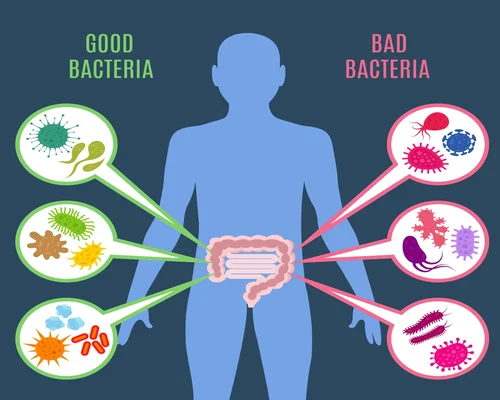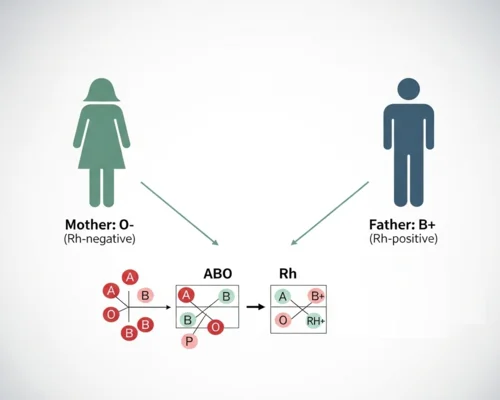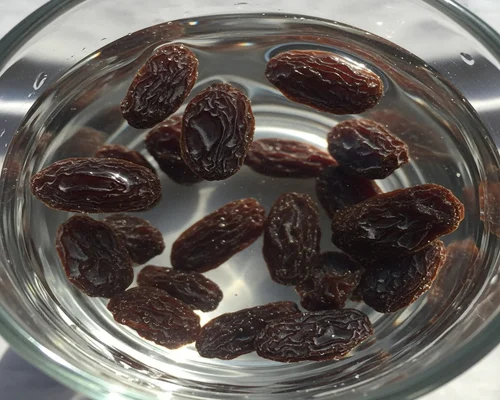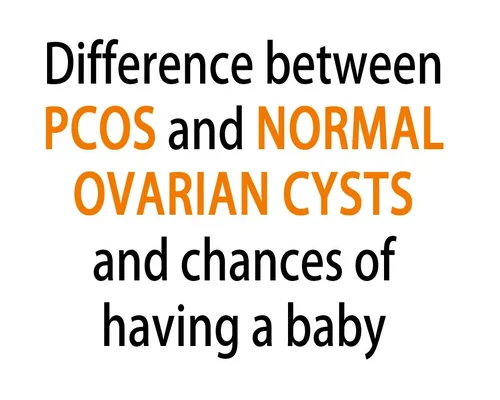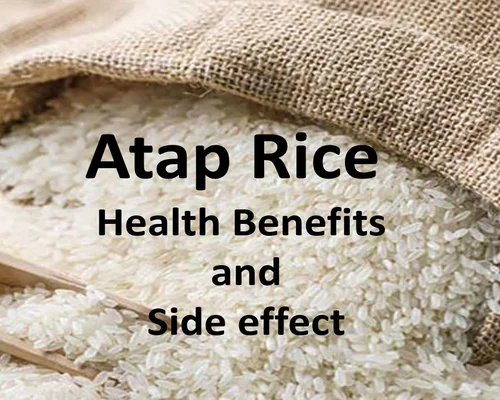
Atap rice health benefits and side effect
Advantages and disadvantages of Atap rice
Health Benefits of Atap Rice
Atap rice, also known as parboiled rice, offers several health benefits due to its unique processing method.
Here are some health benefits of Atap rice:
Rich in nutrients: Atap rice retains more nutrients than regular white rice because it goes through a partial boiling process before milling. It is a good source of essential nutrients like vitamins and minerals.
Low Glycemic Index: Atap rice has a low glycemic index. Foods with a low glycemic index can help control blood sugar levels, making them a good choice for diabetics.
Improved digestion: The process of atap rice increases the fiber content, which aids in digestion. Fiber promotes a healthy digestive system and prevents constipation.
Source of energy: Atap rice provides plenty of carbohydrates, which are the source of energy for the body. Eating Atapa rice can help to give you energy throughout the day. This makes it a good choice for athletes and people with an active lifestyle.
Gluten-free: Atap rice is naturally gluten-free, making it a suitable option for people with gluten intolerance or celiac disease.
Rich in Antioxidants: The parboiling process increases the antioxidant content of the rice. Antioxidants help neutralize harmful free radicals in the body, reduce the risk of chronic diseases and support overall health.
Heart Health: Atap rice contains certain compounds that can help improve heart health. It can help lower cholesterol levels and reduce the risk of heart disease.
Weight management: Due to its high fiber content and low glycemic index, atap rice can help you feel fuller, making it easier to manage weight.
Bone health: Atap rice contains essential minerals like calcium and magnesium, which are important for maintaining healthy bones and teeth.
Rich in protein: Atap rice is a good source of protein, which is essential for building and repairing body tissues.
High in fiber: Atap rice contains dietary fiber, which aids in digestion and promotes a healthy digestive system.
Rich in vitamins and minerals: Atap rice contains various vitamins and minerals that are beneficial for overall health, including B vitamins, iron and calcium.
Low in fat: Atap rice is naturally low in fat, making it a healthy choice for those who want to maintain a low-fat diet.
It is important to note that brown rice provides these health benefits, and a balanced diet is key to overall health. Including a variety of whole grains, fruits, vegetables, lean proteins and healthy fats in your diet can increase the health benefits you receive.
Disadvantages/Side effect of Atap Rice:
Limited Nutrient Profile: While brown rice provides some essential nutrients, it may lack more specific vitamins and minerals.
High glycemic index: Atap rice has a high glycemic index, meaning it can raise blood sugar levels quickly. This can be a concern for people with diabetes or those trying to manage their blood sugar levels.
Potential Arsenic Content: Like other rice varieties, Atap rice may contain arsenic, a toxic substance. Long-term consumption of rice with high arsenic content may pose health risks.
Limited Culinary Uses: Atap rice has a specific taste and texture, which may not be suitable for all types of cuisine. Some people may prefer the taste and texture of other rice varieties.
Environmental Impact: Intensive rice farming, including paddy rice, can have environmental consequences, such as water pollution and greenhouse gas emissions.
It is important to note that the pros and cons of atap rice may vary based on individual dietary needs, preferences and health conditions. Eating a balanced and varied diet is always a good practice to ensure you get a wide range of nutrients.


-vegetable.webp)




